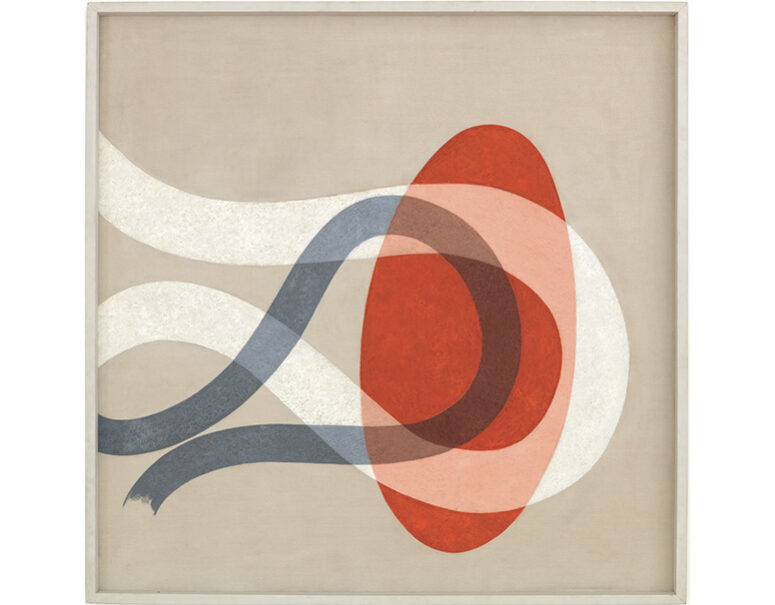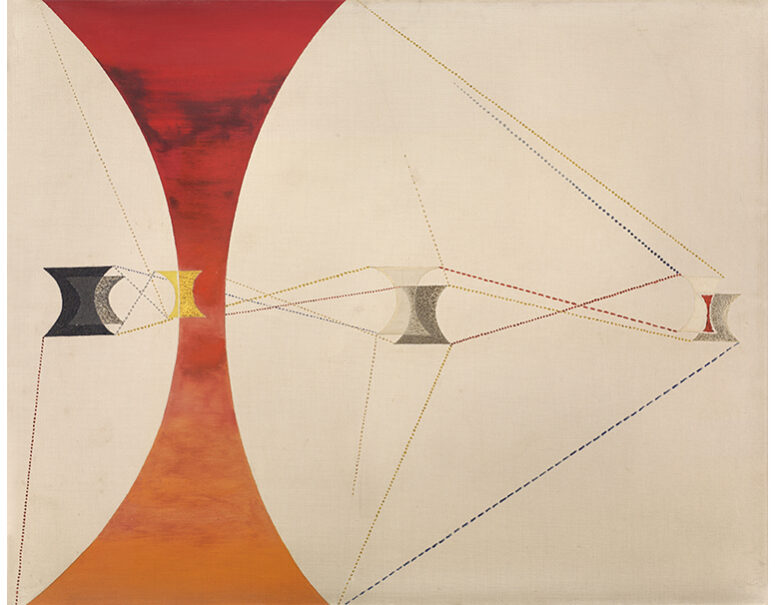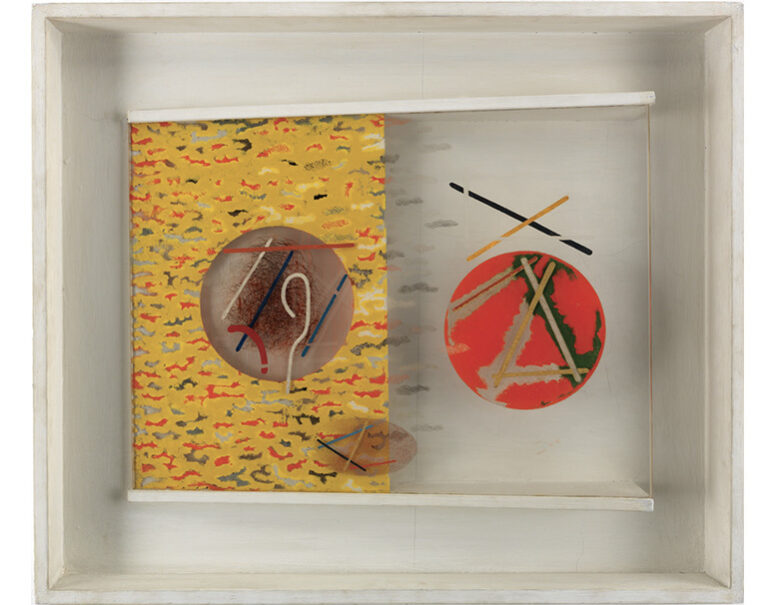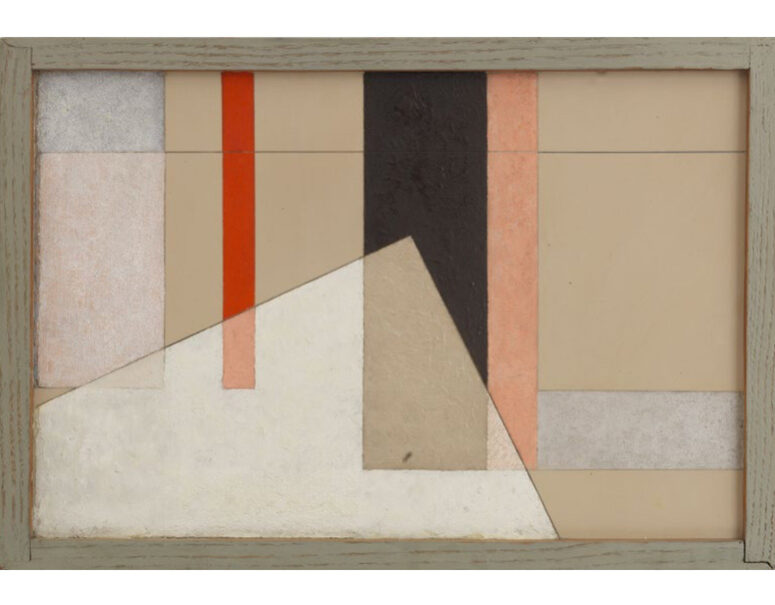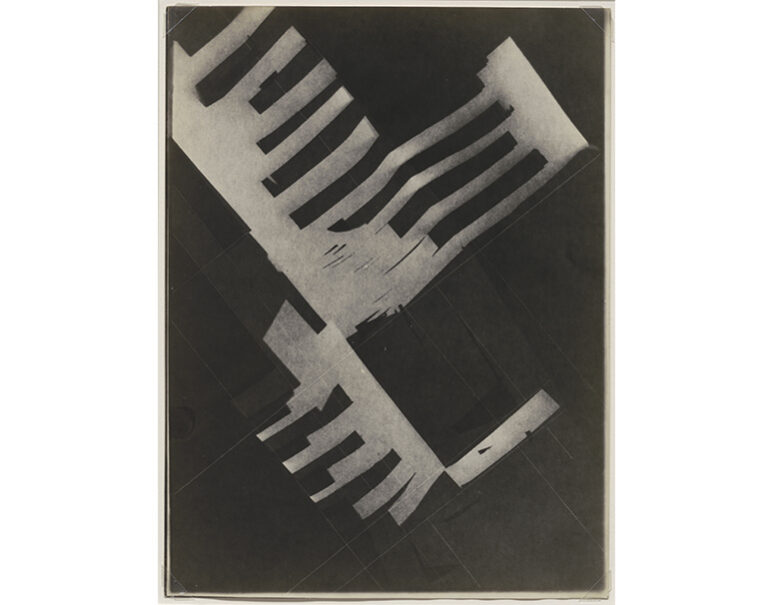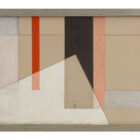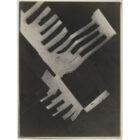From May 15 to September 27, 2025, Le Minotaure Gallery, in collaboration with Annely Juda Fine Art (London), will present an exhibition dedicated to the life and work of Hungarian artist László Moholy-Nagy. It will highlight the richness and visionary nature of his prolific work, as well as his experiments with new materials and techniques.
The exhibition will be divided into two parts: the first will focus on Moholy-Nagy’s formative years in Berlin (1920-1923; 1928-1933), and the second on the height of his life and teaching in Chicago (1937-1946).
Moholy-Nagy moved to Berlin in 1920 with his photographer wife, Lucia. In 1923, he began teaching at the Bauhaus in Weimar, taking over Johannes Itten’s preliminary course and becoming head of the metalwork workshop, replacing Paul Klee. In 1928, he returned to Berlin to found his own design studio.
The evolution of his work in the 1920s was marked by the influence of Constructivism and the liberation of figuration. The bright colors, collage, and geometric precision reflected the contemporary dynamism and industrial growth of Berlin.
This period in Moholy-Nagy’s life also marked the beginning of his experiments with new mediums: lithography (Abstufungen/Gradiations, 1924), collage (Rotes Klebebild, 1921; Large Blue Disc, 1926), photomontage (Gramophone, c. 1925; Murder on the Railway Line, 1925), and cameraless photography (Untitled, 1925; Untitled, Dessau, c. 1925). In 1922, by placing various objects on photosensitive paper and varying the light exposure, he created his first photograms, which he conceived as sketches made with light. These abstractions would define the artist’s aesthetic and influence his practice throughout his career. His second stay in Berlin saw him explore other materials such as rhodoid, neolithic, trolite, galalith, aluminum, and argentite.
Moholy-Nagy moved to the United States in 1937 to become, at the request of Walter Gropius, director of the New Bauhaus, continuing the research begun in Germany. He adapted his teachings to the American public, inspired by his new environment and motivated by his unwavering belief in the creative potential of every human being. He founded a second design school in Chicago in 1939.
Many of the paintings he produced in the United States bear the designation “CH,” which stands for Chicago. Moholy-Nagy developed a free, organic, and gestural style while retaining his distinctive vocabulary of layered forms, transparencies, and dotted patterns, emphasizing the relationships between the different media with which he constantly experimented (CH 4, 1938; CH 14B Variation of a Rh Picture, 1938; Composition CH 8, 1939; CH-9A, 1939; CH Space 6, 1941). He was particularly intrigued by the transparent properties of Plexiglas, with which he created his Space Modulators, hand-crafted hybrids of painting and sculpture that cast shadow effects (Space Modulator, 1943-45; Zweiton, 1945).
Moholy-Nagy’s work from this period marked the apogee of his exploration of media and his graphic freedom.
